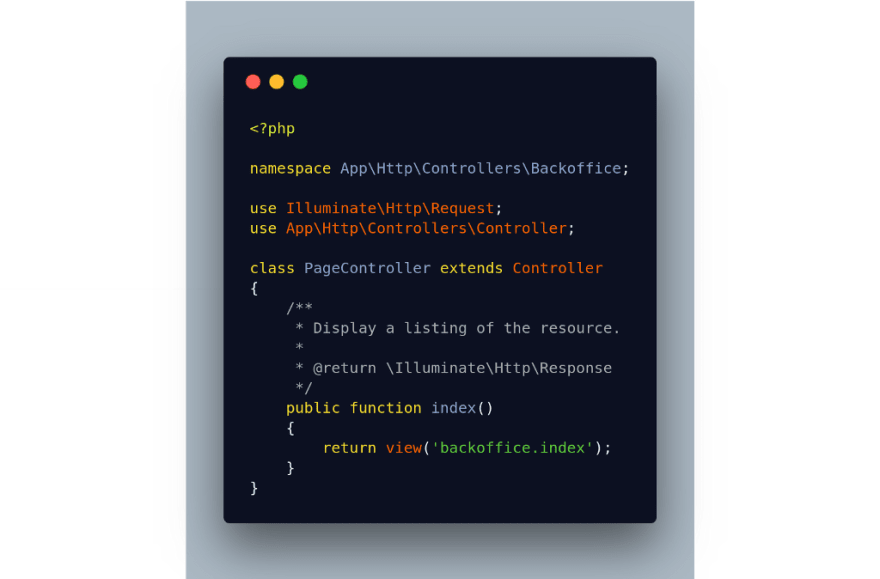In a project that I am working on, there are currently two public facing parts.
- Website
- Backoffice
In a discussion about what (front-end) technique we should use. Vue.js being a big contender. But a big concern was Search Engine Optimization for the website.
Having no experience with prerender options (prerender.io, Nuxt.js) we chose to use the default template engine in Laravel projects (Blade).
I’d like to show how I went about and implemented this. Source code for an example project can be found on Github.
Starting from scratch, I just created a fresh Laravel project with
composer create-project laravel/laravel co-housing-blade-vuejs
The next step is to create some structure. Go to resources/views and add a directory called backoffice. And in that directory create a view called index.blade.php
In that file reference the app.css and app.js, put the latter at the bottom of the body tag. Otherwise Vue won’t load. And put one div with an id of app in the body.
Next add two controllers, PageController & Backoffice\PageController and update the current route to point to the main index method of the PageController.
Also add the route for the index method for the backend PageController.
Load the default welcome view in that method.
By default a new Laravel project comes with an example Vue.js component, which is loaded in the backoffice/index.blade.php template. So all that is needed to show the Vue.js template is to run
npm run dev || yarn run dev
The result is that the ‘normal’ website is build using blade templates and that everything in the ‘backoffice’ route prefix is being rendered by Vue.js
So in closing we have two different front-end techniques in use due to SEO concerns. In a next article I’ll be looking into alternatives to only use Vue.js in the front-end.









Oldest comments (0)